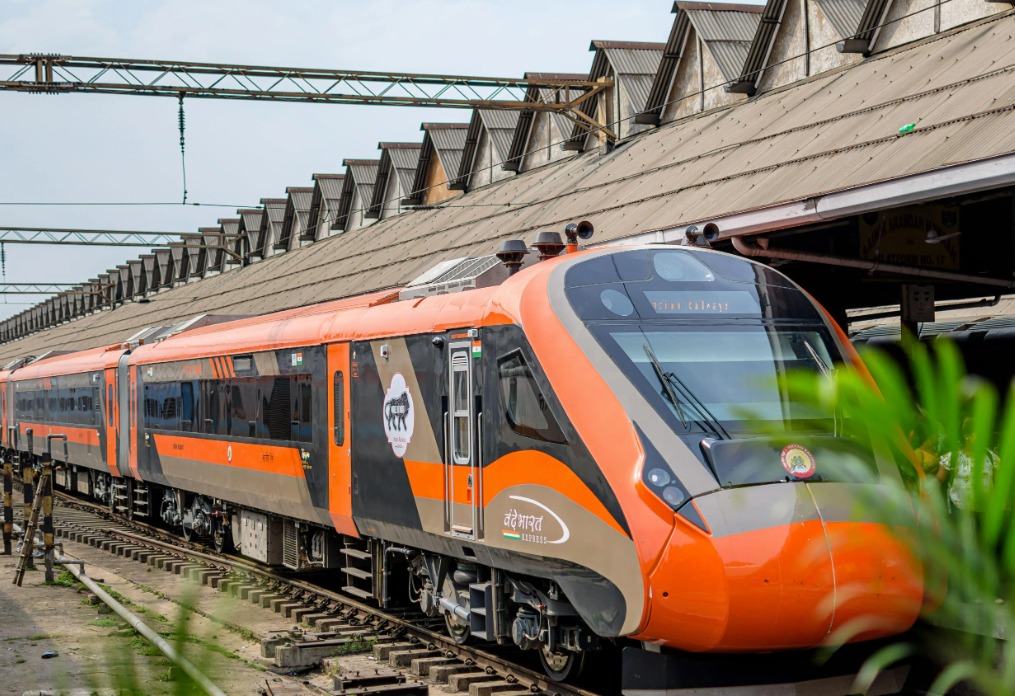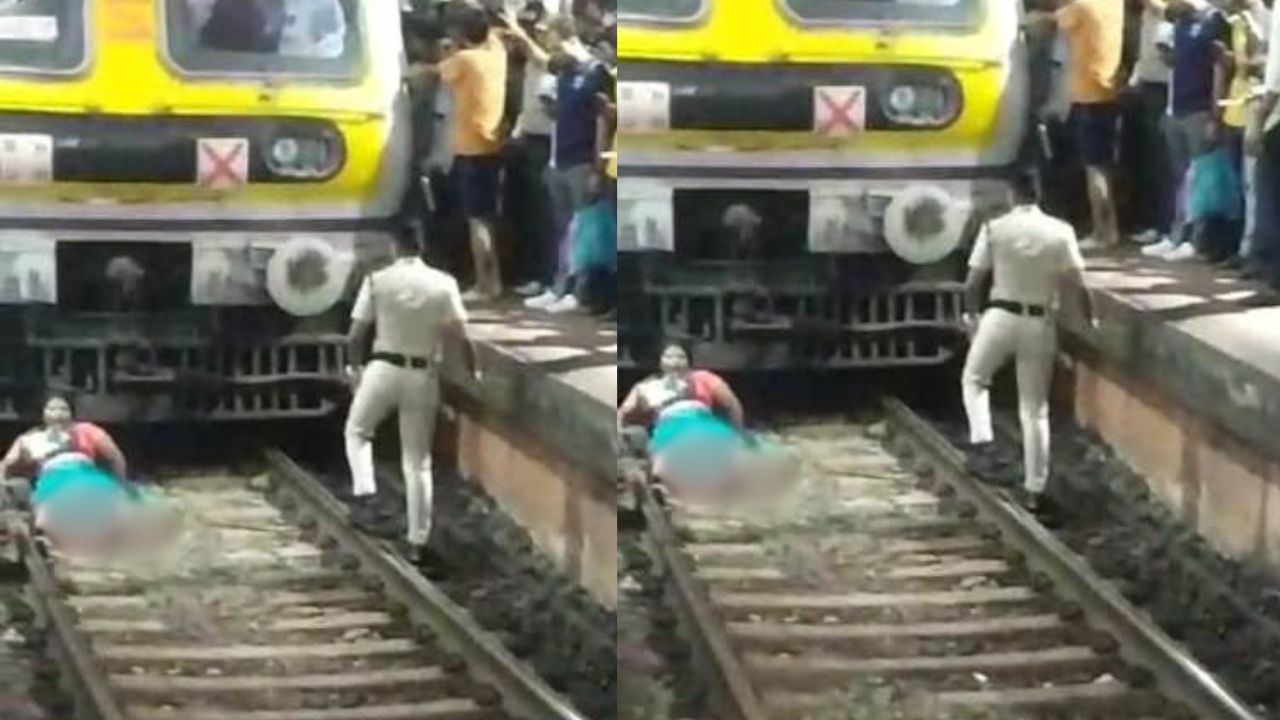Vande Bharat Express Speed: The Vande Bharat Express has been making headlines ever since it rolled onto Indian tracks in 2019. With its sleek design, modern amenities, and semi-high-speed capabilities, it promised to be a game-changer for rail travel in India. But while passengers marvel at its comfort and technology, questions around its speed have begun to surface.
Is the Vande Bharat Express truly living up to its high-speed reputation, or is it lagging behind?
The Promise of Speed
Touted as India’s answer to high-speed rail travel, the Vande Bharat Express was designed to achieve a maximum speed of 160 kmph. This benchmark put it in the league of modern high-speed trains around the world. Out of the 40+ routes it operates on, the train reaches its top speed only on the specially prepared Delhi-Agra stretch. For most of its other routes, the Vande Bharat Express’s speed is far from impressive.
Vande Bharat Express Speed: A Closer Look
A recent RTI filed with the Ministry of Railways revealed that the average speed of the Vande Bharat Express has actually decreased over the years. From 84.48 kmph in 2020-21, it dropped to 76.25 kmph by 2023-24. Despite its cutting-edge design, the train’s performance is hindered by several factors, making it less of a high-speed marvel and more of a semi-high-speed workhorse.
Key Statistics:
- Top speed: 160 kmph (achieved only on the Delhi-Agra route)
- Average speed: 76.25 kmph (as of 2023-24)
- Lowest average speed route: Coimbatore to Bangalore Cantt at just 58.11 kmph
Challenges Limiting Speed
The drop in the Vande Bharat Express speed highlights deeper issues within India’s railway infrastructure. Here are some key reasons why the train’s speed remains limited:
Track Conditions:
Most railway tracks across the country are not designed to support speeds of 160 kmph. The Delhi-Agra route, where the train achieves its top speed, underwent extensive upgrades to make this possible. However, similar improvements are yet to be implemented across other routes.
Safety Measures:
The Railway Board recently restricted the maximum speed of semi-high-speed trains, including the Vande Bharat Express and Gatimaan Express, to 130 kmph. This decision, taken after the Kanchanjunga Express accident in June 2024, will remain in place until the Automatic Train Protection (ATP) system, known as Kavach, is fully operational.
Geographical Challenges:
Certain routes, such as the Mumbai CSMT to Madgaon stretch, pass through challenging terrains like the Konkan ghat section. Navigating these sections safely necessitates speed reductions, particularly during monsoon seasons when the risk of landslides and track obstructions increases.
Operational Constraints:
The Vande Bharat trains share tracks with other passenger and freight services, causing frequent delays and speed restrictions. Priority is often given to freight trains on key routes, further slowing down passenger services.
Must Read: How Many Vande Bharat Trains Are There in India?
Vande Bharat Express Speed Route Insights
Each Vande Bharat route comes with its own set of speed limitations. Here are some notable examples:
- Delhi to Agra: The only route where the train achieves its maximum speed of 160 kmph, thanks to upgraded tracks and minimal stops.
- Howrah to NJP: On this route, the average speed hovers around 80 kmph, with multiple stops and track limitations preventing higher speeds.
- Mumbai CSMT to Madgaon: The train’s average speed on this scenic route drops significantly due to ghat sections and frequent weather-related disruptions.
- Coimbatore to Bangalore Cantt: At just 58.11 kmph, this route exemplifies the challenges faced by the Vande Bharat Express in achieving high speeds.
The Role of Infrastructure
The success of any high-speed train depends heavily on the infrastructure it operates on. In India, the existing rail network was built to accommodate traditional trains, not modern semi-high-speed trains like the Vande Bharat Express. To fully unlock its potential, significant investments in track upgrades, signaling systems, and safety mechanisms are essential.
One promising development is the ongoing implementation of the Kavach system. This Automatic Train Protection (ATP) system is expected to enhance safety and allow trains to operate at higher speeds without compromising passenger security. However, until Kavach is operational across all routes, the speed restrictions will remain in place.
Passenger Experience: A Silver Lining
While the Vande Bharat Express might not yet be the fastest train in the world, it has undoubtedly set new standards for passenger experience in India. Plush interiors, reclining seats, onboard infotainment, and world-class catering services make it a preferred choice for many travelers. Even at reduced speeds, the train offers a more comfortable and efficient alternative to traditional services.
Vande Bharat Express Speed Increase: What Lies Ahead?
Indian Railways is actively working to address the speed limitations of the Vande Bharat Express. Key initiatives include:
Track Upgrades:
Plans are underway to upgrade more routes to support speeds of 160 kmph. The Delhi-Mumbai and Delhi-Howrah corridors are among the top priorities.
Safety Enhancements:
The expedited rollout of the Kavach system aims to ensure safer and faster train operations.
Dedicated Freight Corridors:
By diverting freight traffic to dedicated corridors, passenger trains like the Vande Bharat Express can enjoy uninterrupted operations, enabling higher speeds.
Route-Specific Adjustments:
Indian Railways is considering route-specific speed increases based on feasibility studies and passenger demand.
Conclusion: Speeding Ahead with Caution
The Vande Bharat Express remains a symbol of progress for Indian Railways. While its speed might not yet rival global high-speed trains, it has undoubtedly revolutionized train travel in India. With ongoing infrastructure improvements and safety measures, the dream of achieving consistent high-speed operations is not far-fetched.
For now, passengers can take solace in the fact that the Vande Bharat Express, even at reduced speeds, offers an unparalleled travel experience. As India continues to modernize its railway network, the Vande Bharat Express is poised to truly live up to its promise of being a high-speed trailblazer.


